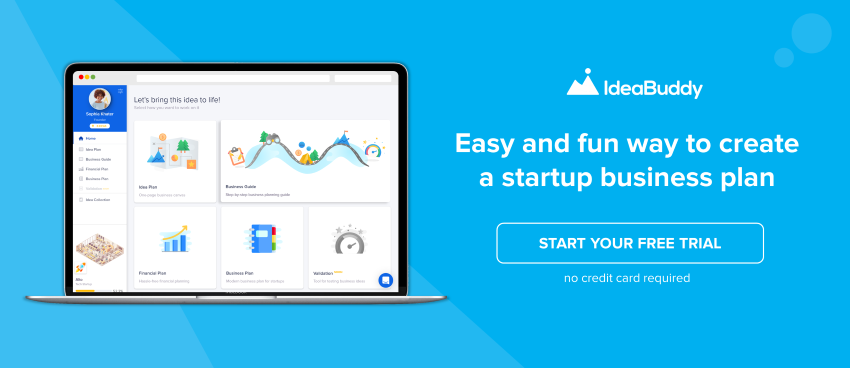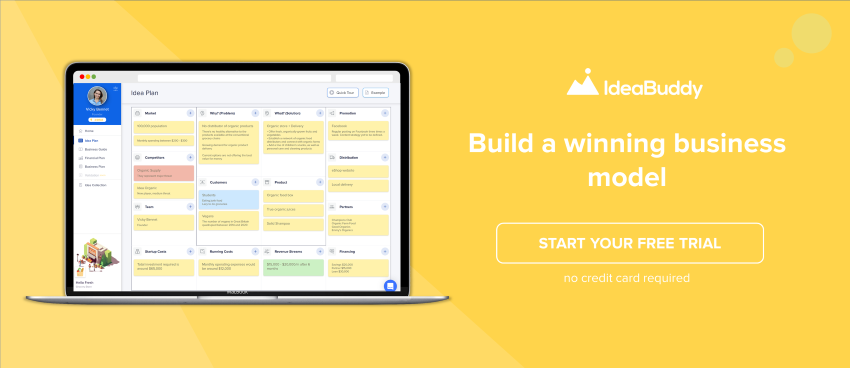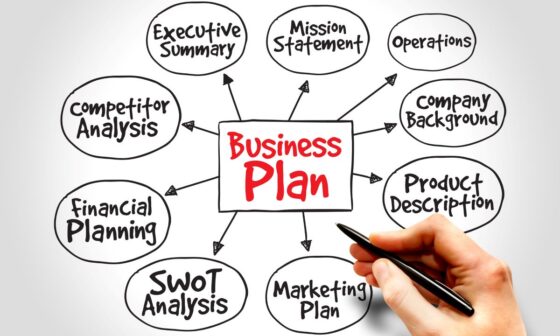If you’ve thought about launching a startup during the last ten years, chances are you’ve googled “what is lean startup methodology?”
So, let’s start from the beginning.
Entrepreneurs work on building their products for months or even years, impatiently waiting for them to be ready for release. Then they expect customers to flock to their shop and purchase their product.
And yet, this is seldom how it happens.
Why?
Now we will tell you something more about lean startup methodology, which is a polar opposite of such assumptions, and the “build it, and they will come” school of thought.
As far as lean startup methodology is concerned, actually “building it” is one of the least important steps in starting your business.
Instead, what happens before, during, and after the building process is the key to securing your success.
What is the Lean Startup Methodology?
A lean startup methodology is a scientific approach to launching a startup that draws on user feedback data to guide and speed up the product’s iterative development.
The term was first introduced by Eric Ries in his blog and then in his 2011 book The Lean Startup. There he defined it as “an institution of people organized to make a new product or service in incredibly uncertain circumstances.”
The methodology stems from the key difference between startups and traditional businesses — innovations instead of an established business model. For example, whereas a hairdresser knows that their model will work, as proven many times before, startups present innovative solutions that they have no idea will actually gain any foothold in the market.
One of the first successful lean startups was DropBox — we’re sure you’ve heard of it. When they were starting up, they made sure to test out the waters before pouring all their money into product development.
As a small startup, they needed to minimize their risks, and that’s precisely where the lean startup methodology fits in.
With its iterative product releases based on target customers’ data, this methodology helps save both time and money. It validates whether customers actually need the product.
That’s the nutshell version; now let’s dive in for a better understanding.
Five principles of the lean startup methodology
1. Entrepreneurs are everywhere
If you have a startup, you’re an entrepreneur who can apply lean startup methodology.
It doesn’t matter if you work in your bedroom, your garage, or dedicated office space. And it doesn’t matter what the size of your startup is. If you want to save time and resources and lean startup methodology sounds like something that might be up your alley, then do it.
2. Entrepreneurship is a management
Just like any other company, startups need management — though it might not look like traditional management.
This means that processes will not be as orderly or protocol-based as they would in a company with an established and operational business model.
Managers should be able to react in risky situations, to manage investors, and to allow employees to experiment as long as the risks are deemed acceptable.
3. Validated learning
Lean startups are all about building a sustainable business model through validated learning.
This means conducting the aforementioned experiments, getting results, and basing all future decisions on relevant data. Does your product solve a problem in the market? If not, how can you pivot and adapt?
4. Innovation accounting
To successfully create a sustainable business, entrepreneurs have to be capable of monitoring progress objectively, setting up milestones, prioritizing work, and making the right decisions based on what the data shows is appropriate.
5. Build, measure, learn
The “build, measure, learn” loop enables validated learning through the famous minimum viable product (MVP) on which the experiments are conducted. As such, it’s the key principle of lean startup methodology. Let’s break this loop down.
Build, Measure, Learn: the Key Principle of Lean Startup Methodology
As we’ve established, lean startup methodology enables entrepreneurs to base their decisions on solid data instead of assumptions, therefore increasing their chances of building a sustainable business.
In practice, this is done by getting feedback from customers. This might be the key element of the methodology. By listening to their feedback, the entrepreneur can minimize the risks of building an irrelevant product and save valuable time and resources.
Build, measure, learn is a loop, meant to be repeated, but we can segment it into three stages.

It all starts with the entrepreneur’s idea or a hypothesis based on assumptions. From there, it’s time to:
1) Build the minimum viable version of the product and get it to the customers.
2) Customers test the product and report back to the entrepreneur
3) Entrepreneur measures this data and translates it into insights
4) Based on that, they learn about the customers’ needs and see whether a feature is great or whether it needs to be upgraded or scrapped altogether.
From there, it’s time to add new features and repeat this cycle.
This process saves the entrepreneur’s time and resources. When the product is complete, they already know that it works, have devoted customers, and are ready to scale.
However, entrepreneurs must watch out for their own ego as one of the biggest potential obstacles to success. As a human, you can get sidetracked by criticisms of something you’ve ideated and built. Still, it’s crucial that you emotionally detach yourself during this process and base your decisions on cold, hard data.
It’s the only way to take advantage of the benefits of this methodology.
Sounds good, but where do you start with the implementation?
Creating a Business Model
The business model is the foundation of any business, and perhaps the easiest way to build it is by using a one-page business plan or business canvas.
Because lean startups are especially dynamic and quick-paced and require entrepreneurs to think on their feet, the easy-to-manage one-page business canvas is the most obvious choice.
This is where you outline the problem you’re solving, your hypothesis, and your plan of action.
There are many lean canvas templates to choose from. We recommend our own one-page business plan, called Idea Plan, which draws on traditional business plans and lean canvas models to take the best from both worlds.
This canvas is only the first step of the first stage lean startups usually go through. Let’s step back and look at the full picture.
The Three Stages of the Lean Startup
Every lean startup’s path is different, but all of them will go through the three stages: 1) problem/solution fit, 2) product/market fit, and 3) growth stage.
In the first stage, it’s all about validating that the problem you’re solving is genuine and worth solving. Do customers actually need a solution? Would they pay for it?
Once you validate that, you can proceed to the most important stage, finding the product/market fit for your lean startup.
In this stage, you must validate your MVP and your business model. Before it, you will have gone through several “build, measure, learn” cycles. Your product will actually be solving the customers’ problem, and you’ll already be making some revenue.
After you see that your startup is operational, there is a need for your product in the market, and that customers are using it, it’s time to scale and grow.
You’ll need to secure funds, use data to identify the best marketing and sales channels, and constantly work on further improving your product. To learn is to grow, after all.
IdeaBuddy could be a helpful companion in your journey. It’s an all-in-one business planning platform that will help you stay on top of it all while building the next unicorn. Create your account, and you’ll be ready to go!





